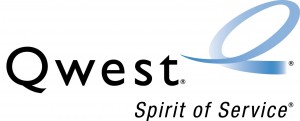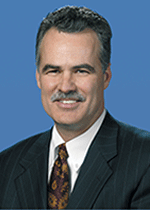Comcast, like Time Warner Cable, is slowly transitioning many of its traditional analog channels to digital, making more room for additional HD channels and faster broadband. The latest city about to experience what Comcast calls its “all-digital migration” is Denver, Colorado.
“As part of the technology enhancement, Comcast is making available up to three devices to customers so they can hook up their (analog) televisions and not miss any channels,” said Cindy Parsons, a spokesperson for Comcast in Denver. “What this allows us to do is provide hundreds of HD channels in the future, faster Internet speeds, better picture quality, and more ethnic programming.”
Customers with any level of service above Limited Basic with an existing digital set-top box may receive two digital adapters at no additional monthly cost; customers without an existing digital set-top box may receive one standard digital set-top box and two digital adapters at no additional monthly cost.
 Parsons claims up to 90 percent of Comcast’s Denver customers already subscribe to digital cable on at least one television set in the home. Comcast is offering free self-install kits through its Digital Now website.
Parsons claims up to 90 percent of Comcast’s Denver customers already subscribe to digital cable on at least one television set in the home. Comcast is offering free self-install kits through its Digital Now website.
Comcast intends to commence the transition to digital channel delivery starting this spring continuing into the summer. The entire state of Colorado will follow, with the transition to digital complete by the end of the year.
Of course, customers with many analog televisions, or who dislike the notion of having to deal with add-on equipment, are out of luck.
[flv]http://www.phillipdampier.com/video/KUSA Denver Comcast Digital Upgrade.flv[/flv]
KUSA-TV Denver talked with Comcast’s Cindy Parsons about the city’s imminent “all-digital-migration” to digital cable television. (3 minutes)


 Subscribe
Subscribe





